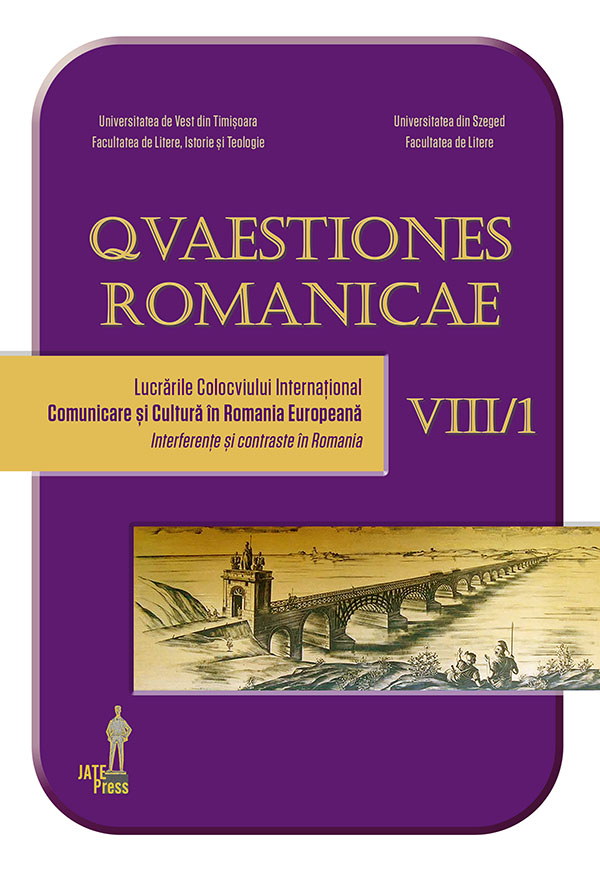Intermédiarités dans Douleur exquise de Sophie Calle
Abstract: (Intermediality in Sophie Calle’s Exquisite Pain) Sophie Calle’s work is at the crossroads of several media, such as photography, literature, visual arts, and cinema. Exquisite Pain (2003), a heavily autobiographic work, juxtaposes the narrative of the author’s trip to Japan in 1984, the one of her separation, as well as a collection of anonymous stories which echo the main narrative. In this study, we aim to analyze the hybridization of photography and literature in Calle’s Exquisite Pain: if images are static, the narrative of the pain, to the contrary, turns out to be dynamic, evolving from simple captions accompanying the photographs to a real story prodigiously expressed in words. In addition, we will focus on how the two mediums rely on each other, with photography adding an emotional impact to the narrative force of writing.
Keywords: photography, literature, photo-narrative, intermediality, trauma.
Résumé : L’œuvre de Sophie Calle se situe au croisement de plusieurs médias : photographie, littérature, arts plastiques et cinéma. Ouvrage fortement autobiographique, Douleur exquise (2003) juxtapose le récit du voyage effectué par l’auteur au Japon en 1984, celui de sa rupture ainsi qu’une collection d’histoires anonymes faisant écho au récit principal. Dans cette étude, nous nous focaliserons sur l’hybridation de la photographie et de la littérature dans Douleur exquise : si les images, statiques, y constatent le « ça a-été » barthésien (La Chambre claire), la narration de la douleur, dynamique, évolue des simples légendes accompagnant les photographies à un véritable récit que le langage exploite prodigieusement. En outre, nous nous intéresserons à la manière dont les deux médiums s’appuient l’un sur l’autre, la photographie ajoutant un impact émotionnel à la force narrative de l’écriture.
Mots-clés: photographie, littérature, récit-photo, intermédiarité, trauma.
